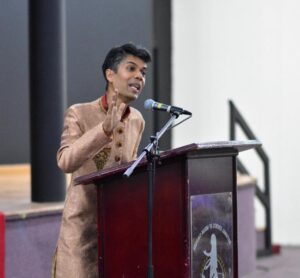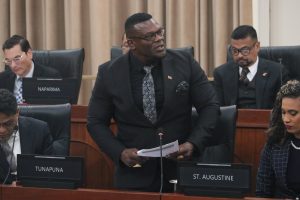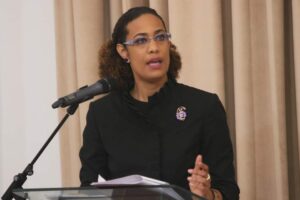
THIS year is the 88th anniversary of the 1934 protests in Trinidad but many persons are unaware of the fact that the protests of 1934, 1935 and June 1937 are closely linked. The public does not appreciate or has forgotten the significance of the historic 1934 event. Every year in Trinidad and Tobago, the June 1937 disturbances and the role of Tubal Uriah Butler are celebrated but there is no mention of the 1934 protests.
What were the factors which triggered these protests? The agitation of sugar workers in 1934 was part of the overall climate of protest by the working class in the colony during the Depression years. The agony of the Great Depression (1929 -1930s) lingered on and added to the misery of the masses. Rampant poverty among labourers contributed to malnutrition, poor sanitation, illiteracy and unemployment. Housing provisions for workers in the oil and sugar industries were in a deplorable state.
From 1933 to 1935, unemployed Afro-Trinidadians in Port of Spain were mobilised in hunger marches under the leadership of Elma Francois, Jim Headley, Jim Barrette and Dudley Mahon of the National Unemployed Movement (NUM). The name of this group was later changed to the Negro Welfare Cultural and Social Association (NWCSA). O.N. Bolland argued that the NUM played an instrumental role in mobilising workers and began “a new, radical labour politics.” In 1934 the NUM played a role in spearheading and influencing demonstrations among discontented workers.
The NUM contacted the sugar workers and was informed by Poolbasie, an outspoken Indo-Trinidadian worker, of the problems facing the workers. These included high rents of barracks, high levels of unemployment, estate drivers who exploited young female sugar workers, increased tasks, and a drought which the land unworkable. The protest of 800 sugar workers on July 6, 1934, at Brechin Castle and Esperanza Estates, later joined by workers from the Central and Northern Estates, set in motion a series of civil demonstrations. The police sought to quell the outburst but they were attacked. After the violence subsided 12 persons were arrested. The domino effect was evident as almost 15,000 sugar workers in Tunapuna, Chaguanas, Couva and San Fernando staged similar protests. Fortunately, nobody was killed even though many protestors were jailed or fined. The spontaneity of the disturbances and the fact that no leaders emerged could be a reason why these working-class disturbances tend to be forgotten by the public.
Brereton is accurate in describing the action of the sugar workers 1934 as “the politics of the streets” and “a watershed in Indian participation in labour movements in Trinidad.” This development in 1934 introduced a new factor in the challenge of the working class against capitalist domination. Although thwarted by police, the proposed hunger march of sugar workers on July 20, 1934 from Caroni to Port of Spain was planned to unite Indo-Trinidadian sugar workers and Afro-Trinidadian hunger marchers, of the NUM, in a massive city demonstration.
Although the agony of the Indo-Trinidadian working class found expression in the disturbances of 1934, they did not seem threatening to the government and the employer class in the colony as did the 1919-1920 strikes led by the urban Afro-Trinidadian working class whose potential for societal disruption was always feared by the White élite. It was the attempt at racial and class unity of the protests which the colonial authorities sought to suppress. The 1934 sugar belt unrest revealed the continued isolation of Indo-Trinidadian workers, whose interests were ignored by the urban working class leadership of the Trinidad Workingmen’s Association (TWA) whose president was Captain Arthur Cipriani.
The unrest among sugar workers in Central Trinidad, the hunger marches of the unemployed in Port-of-Spain, and the Apex oil strike (1935) in South Trinidad unleashed torrents of anger and frustration against capitalist exploitation and governmental apathy as social conditions worsened.
The protests in T&T were part of regional disturbances during the 1930s. There were protests in 1934 in Belize which was part of the British Caribbean. The causes of this protest included low wages, poverty, unemployment and neglect by colonial authorities. In 1935 there was a labour rebellion in St. Kitts and strikes in St. Vincent and St. Lucia. This was soon followed by disturbances by workers in Barbados and the Bahamas in 1937 and Jamaica in 1938.
Dr Jereome Teelucksingh is
![]()













Carlton Nicholas
July 24, 2022Very informative information about the inception of the organization of the labour movement. I grew up in Charley King Corner Fyzabad. I have heard several different accounts of what actually happened. Please keep doing what you can so the legacy will be alive.